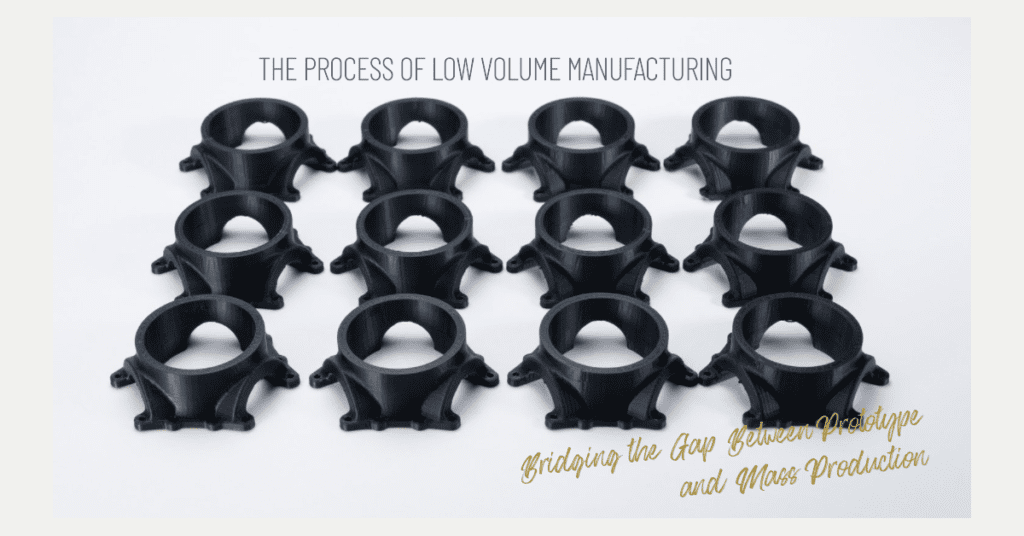
In today’s fast-paced industrial landscape, manufacturers often find themselves balancing between prototyping and large-scale production. Nestled perfectly between these two extremes is the concept of low-volume manufacturing (LVM). This practice, although not new, has seen a resurgence in recent years, becoming an instrumental part of modern manufacturing methodologies.
In this comprehensive guide, we will explore the ins and outs of low-volume manufacturing, offering insights into its processes, benefits, practical examples, and more.
What is Low Volume Manufacturing?
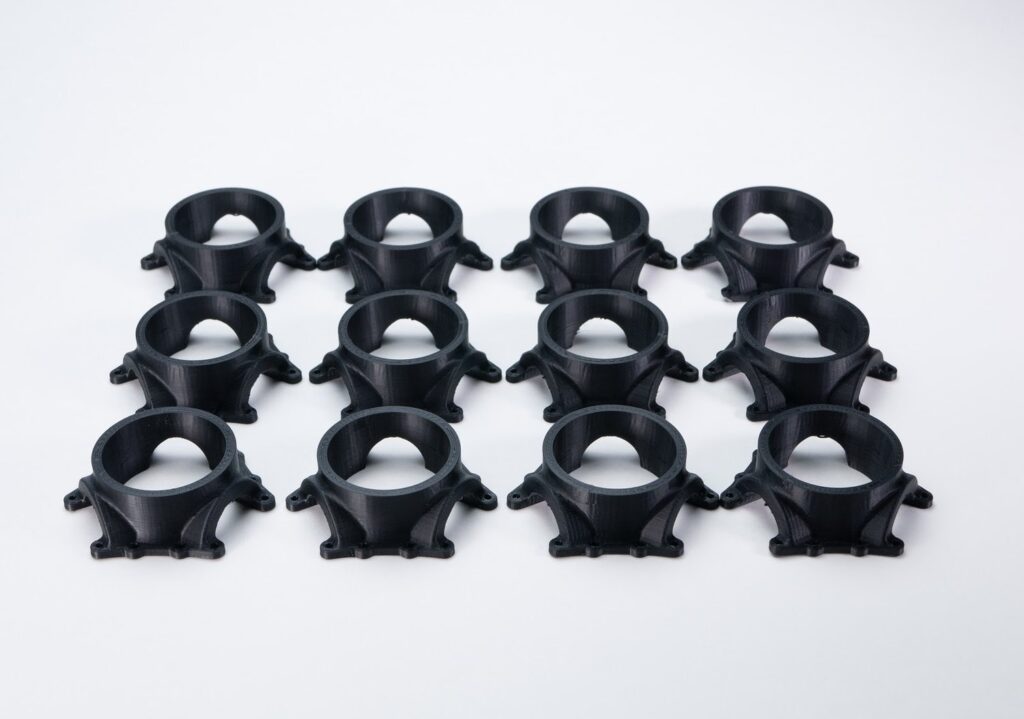
Low Volume Manufacturing (LVM) often sits in the middle ground between prototyping and mass production, offering manufacturers a unique space where they can combine the flexibility of the former with the precision and repeatability of the latter. Let’s delve deeper into understanding what LVM truly encapsulates.
Over the years, LVM has evolved from being a stop-gap solution to a strategic decision. With the rise of customization, niche markets, and rapid technological advancements, manufacturers have found that producing a million units isn’t always the best or most cost-effective approach. Instead, producing smaller batches allows for faster iterations, market testing, and a more agile response to market needs.
Definition of Low-Volume Manufacturing
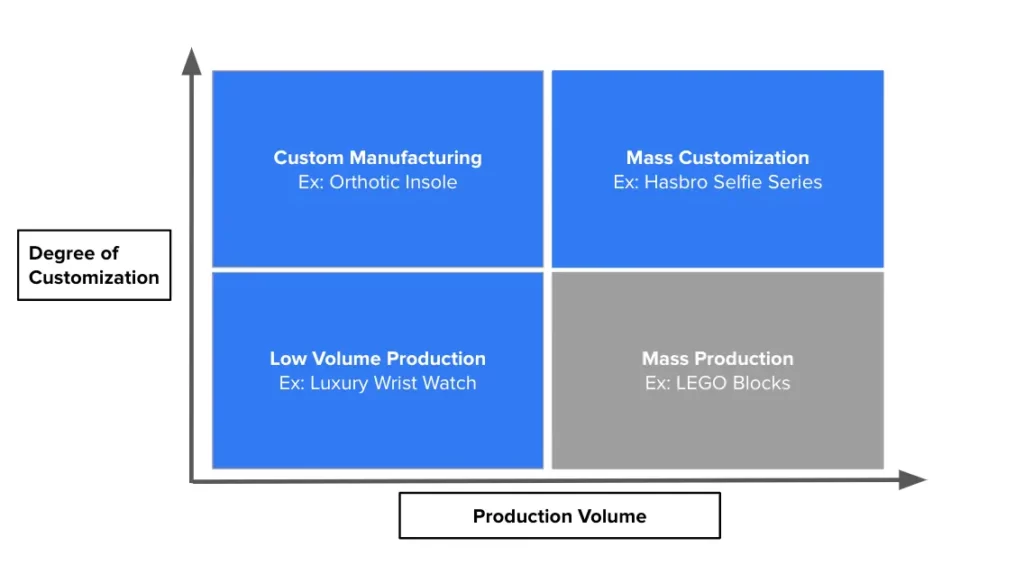
At its core, Low Volume Manufacturing refers to the production of a limited number of units, generally ranging from a few dozen to several hundred thousand, depending on the industry and the product. It’s a step up from prototyping but doesn’t reach the massive scale of mass production. As shown in the image below, low-volume manufacturing features a certain degree of customization with a small batch of production volume.
Several elements play a crucial role in the LVM process:
- Manufacturing Methods: Depending on the product and material, various manufacturing techniques can be employed, from CNC machining to injection molding or 3D printing.
- Materials Used: LVM doesn’t necessarily restrict the type of materials used. Both raw and high-quality materials can be used based on the product’s requirements.
- Quality Control: Even though the quantities are limited, the emphasis on quality remains high. Each product must meet specific standards.
The number of units produced in LVM can vary widely based on the industry in question. For instance:
Table 1: LVM Scale Across Different Industries
| Industry | LVM Range (approximate units) |
|---|---|
| Automotive | 100 – 2,000 |
| Consumer Electronics | 500 – 50,000 |
| Medical Devices | 50 – 1,000 |
| Apparel | 1,000 – 10,000 |
Distinguishing Between Prototyping, LVM, and Mass Production
Prototyping is the initial stage of product development where designs are tested and iterated upon. Prototypes are often not for sale and are used internally for design verification.
Low Volume Manufacturing (LVM) is where the product is manufactured in limited quantities, either for market testing, niche markets, or for products that have a lower demand. LVM offers a unique space where manufacturers can combine the flexibility of prototyping with the precision and repeatability of mass production.
Mass Production is the stage where products enter production on a large scale once the design is finalized and there’s clear market demand. This leads to the manufacture of hundreds of thousands to millions of units.
Why Opt. for Low Volume Manufacturing?
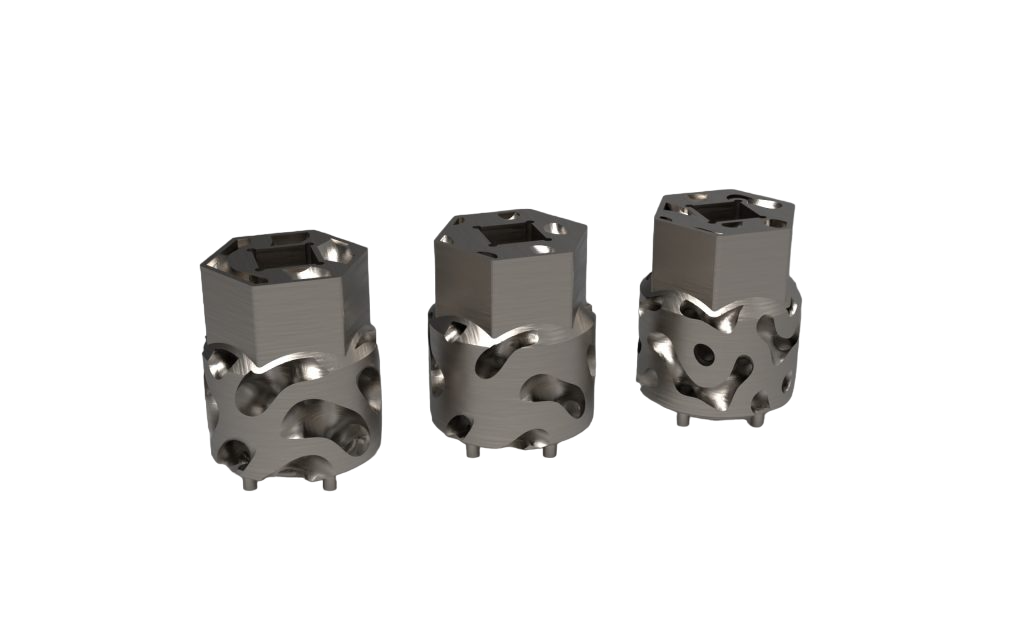
Low-volume manufacturing parts
In an age where manufacturing methodologies are as diverse as the products they produce, Low Volume Manufacturing (LVM) has emerged as a favorable option for many businesses. But why is LVM becoming the method of choice for an increasing number of industries? Let’s break it down.
1. Flexibility in Production
One of the most significant advantages of LVM is the flexibility it offers. With shorter production runs, businesses can quickly adapt to market changes, modify designs, or introduce new features based on real-time feedback.
- Rapid Iterations: Unlike mass production, where a design flaw can result in huge losses, LVM allows manufacturers to iterate on their designs rapidly. If a particular batch reveals a design error, it can be corrected for the next one without substantial costs.
- Tailored for Niche Markets: LVM is perfect for producing products tailored for niche markets or specialized applications. These products might not have the vast demand required for mass production, but they still require a manufacturing method that’s cost-effective and efficient.
2. Cost-Effective for Limited Runs
Not every product warrants the setup cost of mass production, especially when the demand isn’t in the millions. With LVM, companies can produce according to demand, reducing the need for vast inventories and associated costs.
The setup costs for mass production, especially for processes like injection molding, can be quite high. LVM, using methods like 3D printing or CNC machining, can be more cost-effective for shorter runs.
3. Speed to Market
In today’s fast-paced market, the first-mover advantage can make a significant difference. LVM typically has faster turnaround times compared to setting up mass production lines. This means products can hit the market sooner. As a result, businesses can produce a limited batch, test the market response, and then decide on scaling up or iterating based on the feedback.
4. Customization and Personalization
The demand for personalized products is on the rise. LVM is perfectly poised to cater to this trend. Whether it’s a specific color, design tweak, or feature addition, LVM can accommodate these requests more efficiently than mass production. As a result, brands can produce limited edition products, adding exclusivity and driving demand.
5. Risk Mitigation
Manufacturing always comes with its set of risks, from design flaws to overproduction. With LVM, businesses produce according to confirmed orders or accurate demand forecasts, reducing the risk of overproduction and unsold inventory. As mentioned, the impact of design flaws is minimized in LVM. If an error is spotted, only a limited batch is affected.
Low Volume Manufacturing Processes
The realm of low volume manufacturing (LVM) is diverse and dynamic, encompassing a range of processes tailored to produce limited quantities without compromising on quality or cost-effectiveness. Let’s embark on a comprehensive journey through the primary methods utilized in LVM.
- CNC Machining
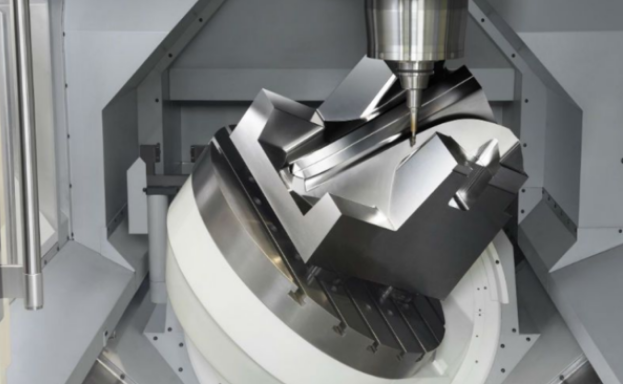
CNC machining stands out as a versatile and widely adopted LVM process. It uses computer-controlled tools to subtractive manufacture parts from a block of material.
CNC machines can achieve tight tolerances( within +/- 0.005 inches), Reproducible results across parts, are crucial for maintaining quality in LVM., and a broad spectrum of materials, including metals, plastics, and ceramics, can be machined.
Applications: Aerospace components, automotive parts, prototypes, and intricate assemblies.
- Sheet Metal Fabrication
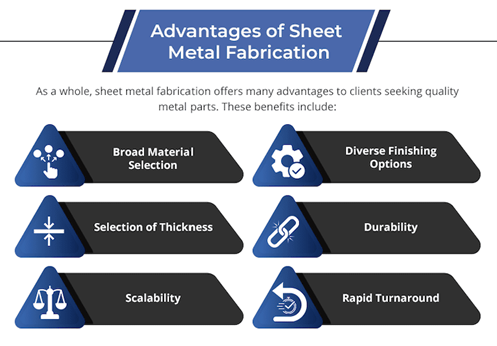
Sheet metal fabrication is a collective term for molding flat metal sheets into desired shapes and components. It is a cost-effective method for producing durable metal components that withstand substantial stress. It is particularly suitable for more significant parts and is scalable for higher volume runs if required.
Applications: Enclosures, brackets, automotive bodies, kitchen appliances, and aerospace structures.
Table: Aspects of Sheet Metal Fabrication
| Feature | Details |
|---|---|
| Materials Commonly Used | Steel, Aluminum, Brass, Copper |
| Techniques Incorporated | Bending, Punching, Cutting, Stamping |
| Process Type | Formative |
- 3D Printing (Additive Manufacturing)

A game-changer in the manufacturing landscape, 3D printing builds parts layer by layer, adding material only where needed.
3D printing offers several advantages in low-volume manufacturing, including rapid prototyping for design validation, the ability to manufacture intricate designs unachievable through subtractive methods, and minimal waste due to adding material only where necessary.
Applications: Medical implants, complex jewelry, architectural models, and bespoke fashion accessories.
- Vacuum Casting
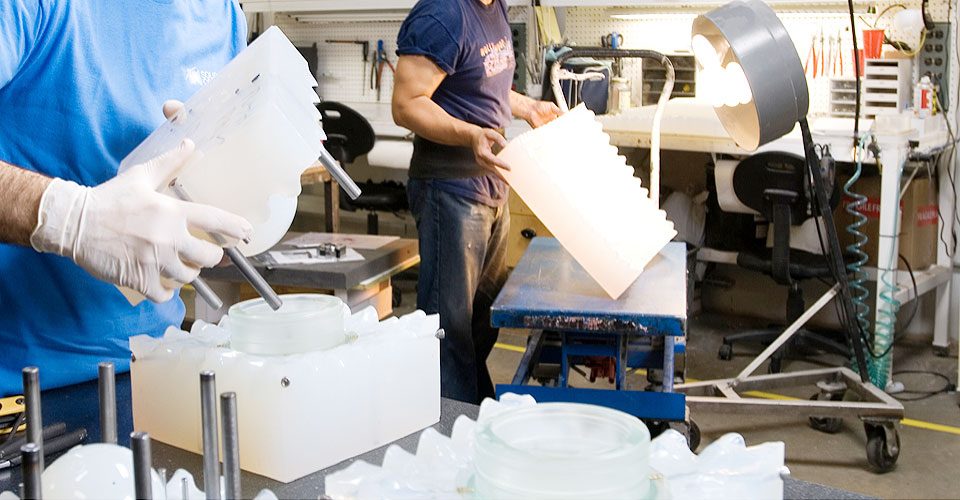
Vacuum casting leverages a vacuum to draw liquid material into a mold, often used for producing high-quality prototypes or limited product runs.
One of the advantages of vacuum casting in low-volume manufacturing is its ability to achieve a high surface finish, making the final product look smooth and premium. It’s also flexible in terms of materials, allowing for a range of polyurethane resins to be used, and is faster than many traditional manufacturing techniques.
Applications: Product prototypes, transparent components, soft rubber parts, and intricate details.
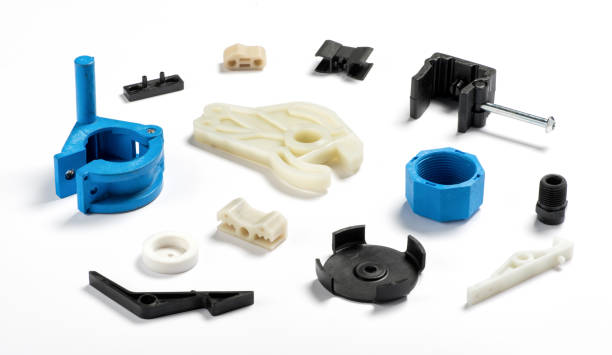
Many different injection plastic parts of white, blue and black colour spread on white background
Although predominantly associated with high-volume production, injection molding can also be optimized for LVM, especially when using aluminum molds.
Some advantages of low-volume injection molding include producing parts with uniformity and high quality, using a wide range of materials such as thermoplastics, thermosets, and elastomers, and rapidly producing parts once molds are created.
Applications: Consumer electronics, automotive components, medical devices, and household goods.
Try Prolean Now!
Real-world Examples of Low Volume Manufacturing
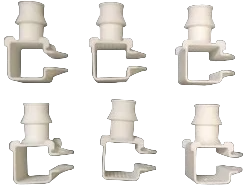
Low-volume manufacturing parts
Low Volume Manufacturing (LVM) plays a pivotal role in various industries worldwide, bridging the gap between one-off prototypes and high-volume production. The flexibility and cost-effectiveness it offers make it a sought-after method for diverse applications. Let’s delve into some tangible examples where LVM truly shines, showcasing its breadth and impact.
Automotive Industry
In the realm of automotive manufacturing, producing limited edition or luxury vehicles demands precision and exclusivity. LVM aids in crafting parts for these niche segments without committing to large-scale production.
- Concept Cars: Before a car model hits mass production, concept cars are designed and showcased at auto shows. These vehicles, produced in very limited numbers, are often made using LVM techniques.
- Replacement Parts: Vintage cars or discontinued models might require parts that aren’t mass-produced anymore. LVM provides the solution, crafting parts tailored to these unique requirements.
Medical Devices
The medical field values precision and customization, as treatments and equipment must cater to individual patients’ needs. Every individual is unique, and so is their anatomy. LVM allows for the creation of patient-specific implants, ensuring better fit and comfort.
Furthermore, some surgeries or procedures demand specialized tools tailored for specific cases, making LVM an invaluable asset.
Aerospace & Defense
In the aerospace and defense sectors, high-performance and safety are paramount. Many components are custom-made for specific missions or aircraft.
Table : LVM in Aerospace & Defense
| Application | Description |
|---|---|
| Drone Prototypes | With the increasing prominence of drones, custom prototypes are often manufactured in low volumes for testing and design validation. |
| Spacecraft Components | Missions into space often involve specialized spacecraft, demanding unique components not required in large quantities. |
Consumer Electronics
The dynamic world of electronics sees frequent design revisions and technological advancements. Here, LVM plays a key role in initial product launches or specialized devices.
Table : LVM in Consumer Electronics
| Application | Description |
|---|---|
| Prototype Gadgets | Before a new gadget becomes mainstream, initial prototypes or beta versions are produced using LVM. |
| Limited Editions | To mark certain milestones or occasions, brands might release limited edition versions of their products, necessitating LVM. |
Customized Jewelry & Fashion
Low volume manufacturing (LVM) is not limited to technical fields. In the fashion and jewelry industry, personalized and bespoke creations hold great value. LVM methods are often used to craft personalized jewelry pieces based on individual designs or requirements. Additionally, exclusive designer outfits, especially haute couture, are produced in limited numbers, tailored to individual clients.
Challenges in Low Volume Manufacturing
In an era dominated by flexibility, customization, and swift market response, Low Volume Manufacturing (LVM) stands out as an immensely attractive proposition for businesses. However, just like any manufacturing methodology, LVM is not devoid of challenges. Let’s delve deep into the intricacies of the obstacles that manufacturers might face when adopting LVM.
Table: Detailed Challenges in Low Volume Manufacturing (LVM)
| Elevated Per-Unit Costs | Elevated per-unit production cost in LVM compared to mass production. | Initial setup, design, and tooling costs are distributed over a vast number of units in mass production, reducing per-unit costs. | ||
| Cost Component | Setup/Design/Tooling Costs | $$$ | $$$ | |
| Units Produced | 1,000,000 | 10,000 | ||
| Cost Spread Over Units | Low | High | ||
| Resultant Unit Cost | $ | $$$ | ||
| Navigating Supplier Dynamics | Supplier dynamics can impact the supply chain. | Suppliers often prefer larger orders, making smaller LVM orders less appealing. | ||
| Order Criteria | Order Size | Large | Small (LVM) | |
| Supplier Interest | High | Moderate to Low | ||
| Consequent Challenges | Minimal | Resource allocation concerns, potential delays | ||
| Inventory Management Intricacies | Balancing stock with shifting product designs. | Frequent design changes in LVM complicate inventory management. | ||
| Inventory Scenario | Inventory Aspect | Overstocked | Understocked | |
| Consequence | Elevated holding costs | Lost sales opportunities | ||
| Implication | Potential wastage, cash-flow concerns | Revenue loss, potential client dissatisfaction | ||
| Upfront Expenditures | Initial costs associated with tooling and setup. | These costs need to be recovered over fewer units in LVM. | ||
| Financial Perspective | Expenditure Type | Initial Setup/Tooling | Initial Setup/Tooling | |
| Units for Cost Recovery | High | Relatively Low | ||
| Speed of Recovery | Rapid | Gradual | ||
| Quality Consistency | Ensuring uniform quality across batches. | The nature of LVM makes consistency a challenge, especially with design changes. | ||
| Quality Control | Production Aspect | Design Changes | QA Complexity | |
| Frequency/Complexity | Infrequent | Regular; Diverse, due to smaller, variable runs | ||
| Economies of Scale | Benefits from increased production levels are minimal in LVM. | The reduced production in LVM may lead to higher costs and less supplier leverage. | Economies of scale benefits with increased production. | Limited benefits due to smaller production volumes. |
Summing Up
Low-volume manufacturing seamlessly bridges the realm between prototypes and mass-produced products. It offers businesses unique flexibility, enabling them to test, iterate, and refine their products before a full-fledged market release. In this evolving industrial era, LVM is not just a choice but a strategic move for businesses aiming for innovation, efficiency, and success. And with industry leaders like Prolean championing its cause, the future of LVM looks brighter than ever.
Prolean stands at the forefront of offering Low volume Manufacturing services. With cutting-edge machinery, an expert workforce, and a keen emphasis on quality, we ensure that every product, irrespective of quantity, is crafted to perfection. Whether it’s bespoke products for niche markets or initial runs for larger ventures, our expertise ensures efficiency, quality, and timely delivery.
FAQs
What is the typical range for low volume manufacturing?
Low volume manufacturing typically ranges from producing tens to a few hundred thousand units, making it a cost-effective option for businesses looking to produce limited quantities of products.
How does LVM differ from prototyping?
While prototyping often produces one-off models for testing, LVM produces products meant for sale or use, albeit in limited quantities.
Is the per-unit cost in LVM higher than in mass production?
Often, yes. Due to the smaller quantity, the per-unit cost might be higher than in mass production.
Are there industries particularly suited for LVM?
Absolutely! Industries such as aerospace, bespoke automotive, medical device manufacturing, and emerging tech startups often leverage LVM to produce specialized components, test new products in the market, or cater to niche demands.
Can businesses switch from LVM to mass production easily?
It largely depends on the nature of the product and the preparedness of the business. Switching requires scaling operations, possibly investing in new tooling and equipment, and establishing broader supply chains. However, with a structured approach and strategic planning, a business can successfully transition from LVM to mass production.

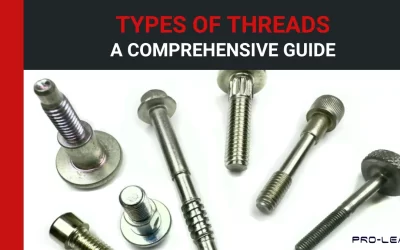
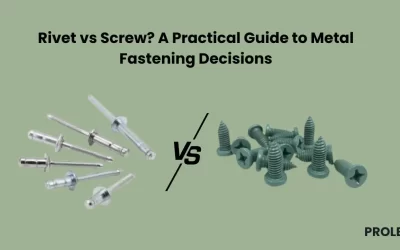
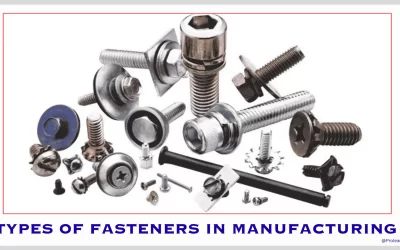
Saved as a favorite, I really like your blog!
Its great to know ! let us know if you need any further information’s an consultation regarding prototyping & low-volume manufacturing
This really answered my problem, thank you!
Your passion for this subject shines through your words. Inspiring!